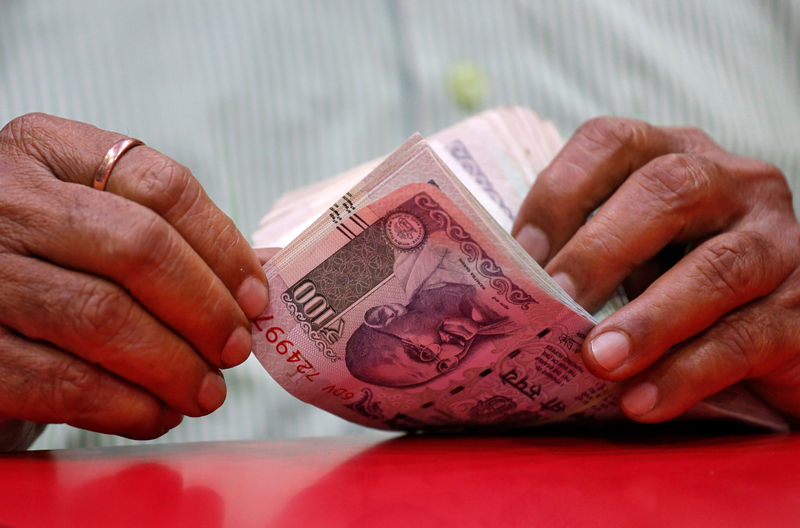Joby Aviation closes $591 million stock offering with full underwriter option
Investing.com-- Most Asian currencies edged lower on Monday after sharp gains in the previous session, spurred by Federal Reserve Chair Jerome Powell signaling an interest rate cut next month.
The US Dollar Index ticked up 0.2% in Asian trading hours, after tumbling nearly 1% to a four-week low on Friday over Powell’s dovish tilt.
Asian currencies jumped after Powell’s rate cut signal
Asian currencies jumped on Friday following Powell’s dovish remarks at the Jackson Hole symposium, where he acknowledged growing risks to the job market and suggested that the "shifting balance of risks may warrant adjusting our policy stance."
This opened the door to a potential rate cut at the Fed’s September 16-17 meeting, with traders now placing over an 85% probability on a quarter-point reduction.
The dovish outlook led to a weaker U.S. dollar, which in turn supported Asian currencies on Friday. However, on Monday, investors took a cautious stance, reassessing Powell’s comments and awaiting further economic data before making significant moves.
"As soon as FX traders saw the headline reference to ‘adjusting policy’, the dollar came off sharply – falling nearly 1% against some of the major currencies," ING analysts said in a note.
"The speech supports the conclusions made after the July jobs report that the Fed could move in September after all," they added.
Markets cautious; US-India tariff tensions in focus
The Japanese yen’s USD/JPY pair rose 0.3% on Monday, while the South Korean won’s USD/KRW gained 0.2%.
Both currency pairs slipped nearly 1% on Friday after Powell’s speech.
In China, the yuan’s onshore pair USD/CNY was little changed, while the offshore pair USD/CNH ticked 0.1% lower on Monday.
The Australian dollar’s AUD/USD pair ticked 0.1% lower.
The Singapore dollar’s USD/SGD inched up 0.2%, while the Indonesian rupiah’s USD/IDR gained 0.4%.
Among other regional currencies, the Indian rupee’s USD/INR was under pressure amid escalating U.S.-India trade tensions.
The U.S. is set to impose an additional 25% penalty tariff on Indian goods starting August 27 in response to India’s increased purchases of Russian oil.
Indian officials have expressed frustration over the tariffs, stating that trade discussions continue, but India must defend key interests, particularly those of its farmers and small producers.
